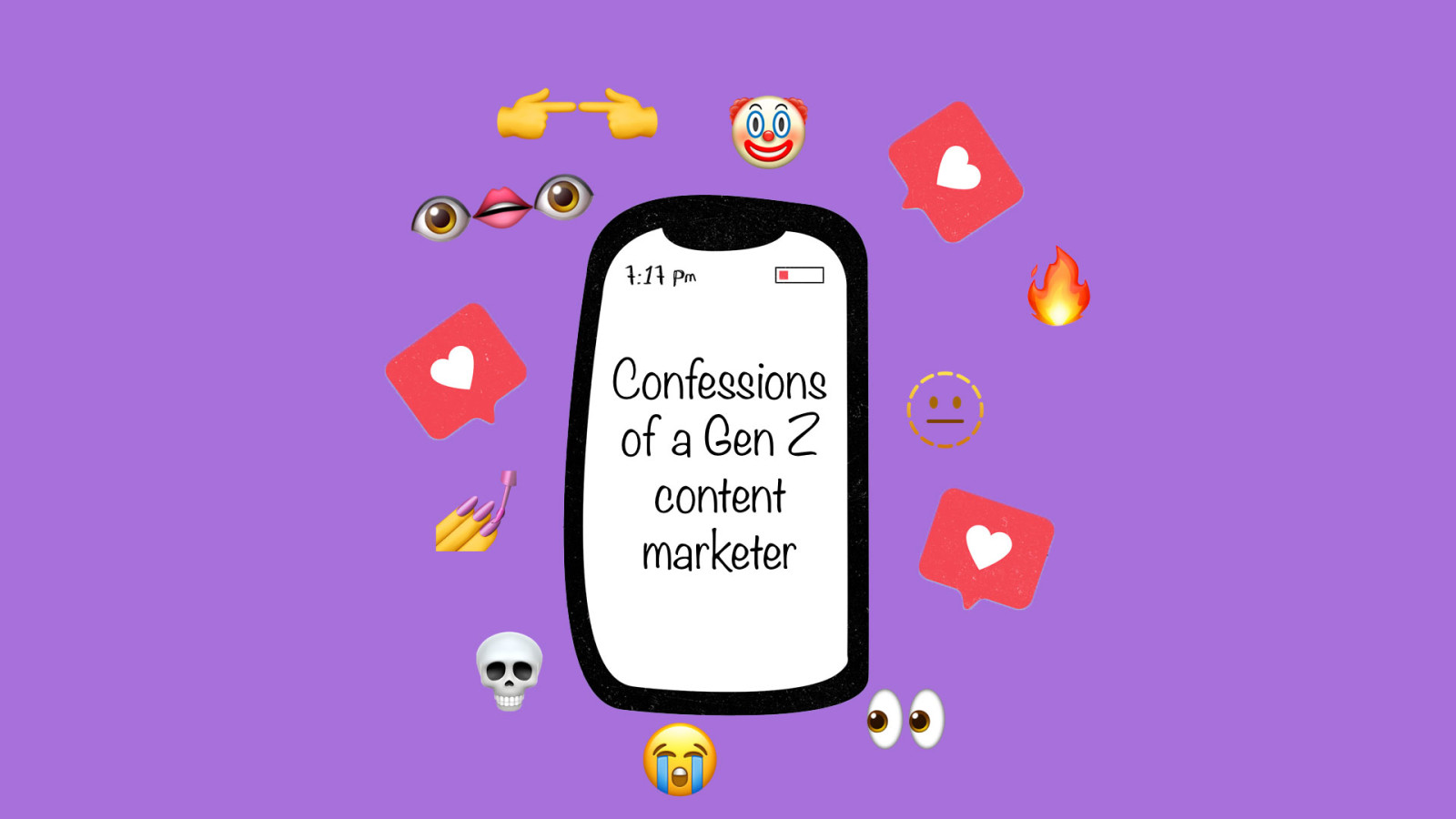
What can Gen Z tell you about the future of content? I thought you’d never ask.
No really, I thought you’d never ask. It’s about time.
But hey, good on you. You’ve recognised a problem (or that you will have a problem soon) and are seeking out a solution.
I’m proud of you, my little self-aware king and/or queen1 <3

Just admit it, you have a problem
Without knowing you at all, I’m going to go ahead and guess that you don’t understand Gen Z. And if you don’t understand Gen Z, I’m guessing you also don’t understand their (less cool and less funny) younger counterparts in Gen Alpha.
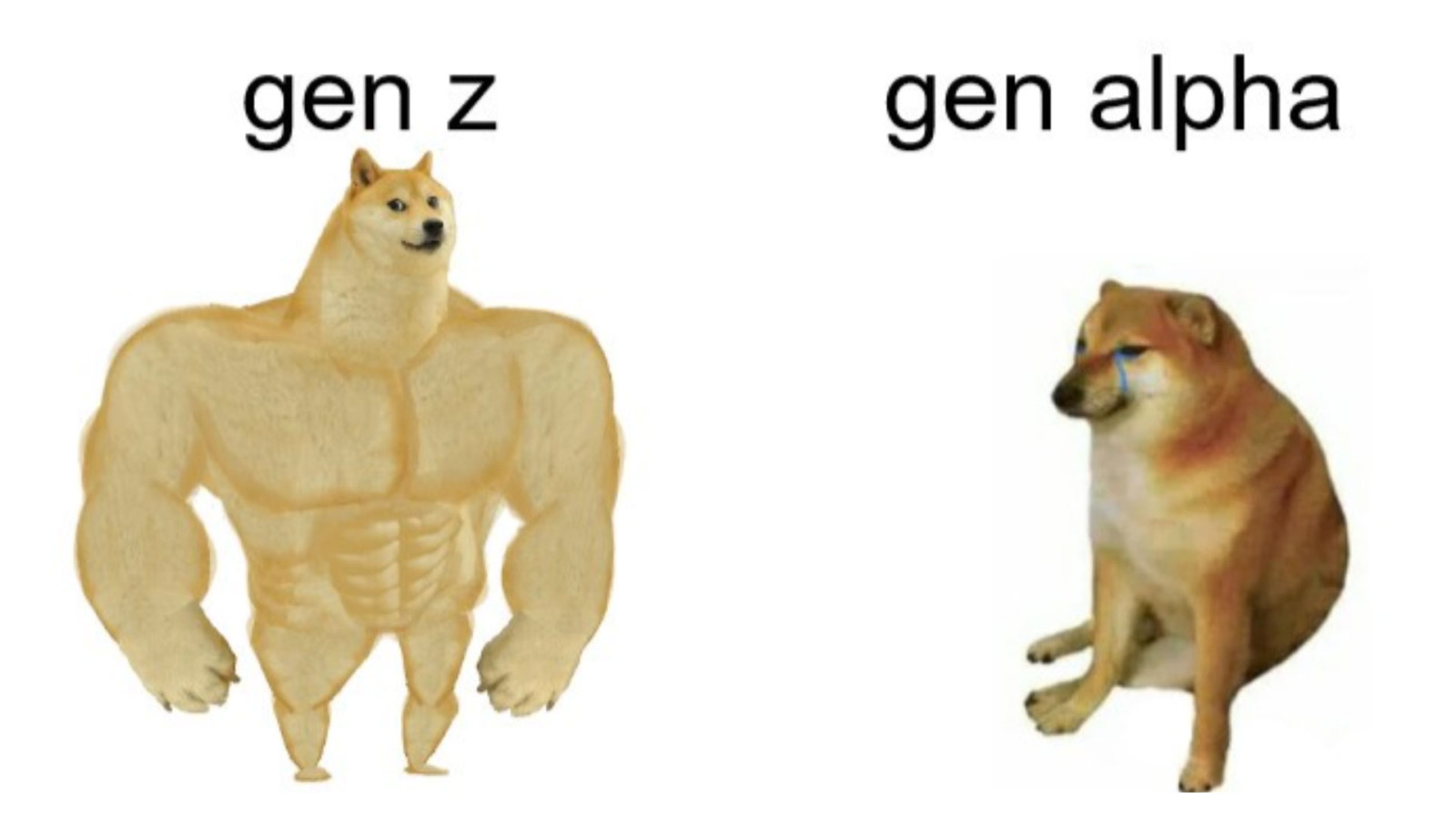
Well, you can thank your birth chart2, because today is your lucky day. You have me, a chronically online member of Gen Z, who is more than ready to give you the hot goss3 – or spill the tea4, if you will – in the name of getting my pay cheque. And before anyone from my generation comes for me, it’s not like we have any secrets anyway – we love talking about ourselves (as we should5) and will do so to anyone who will listen (they should be so lucky6).
So, today, you’re getting the princess treatment7. I’ll do all the work for you, all you have to do is listen.
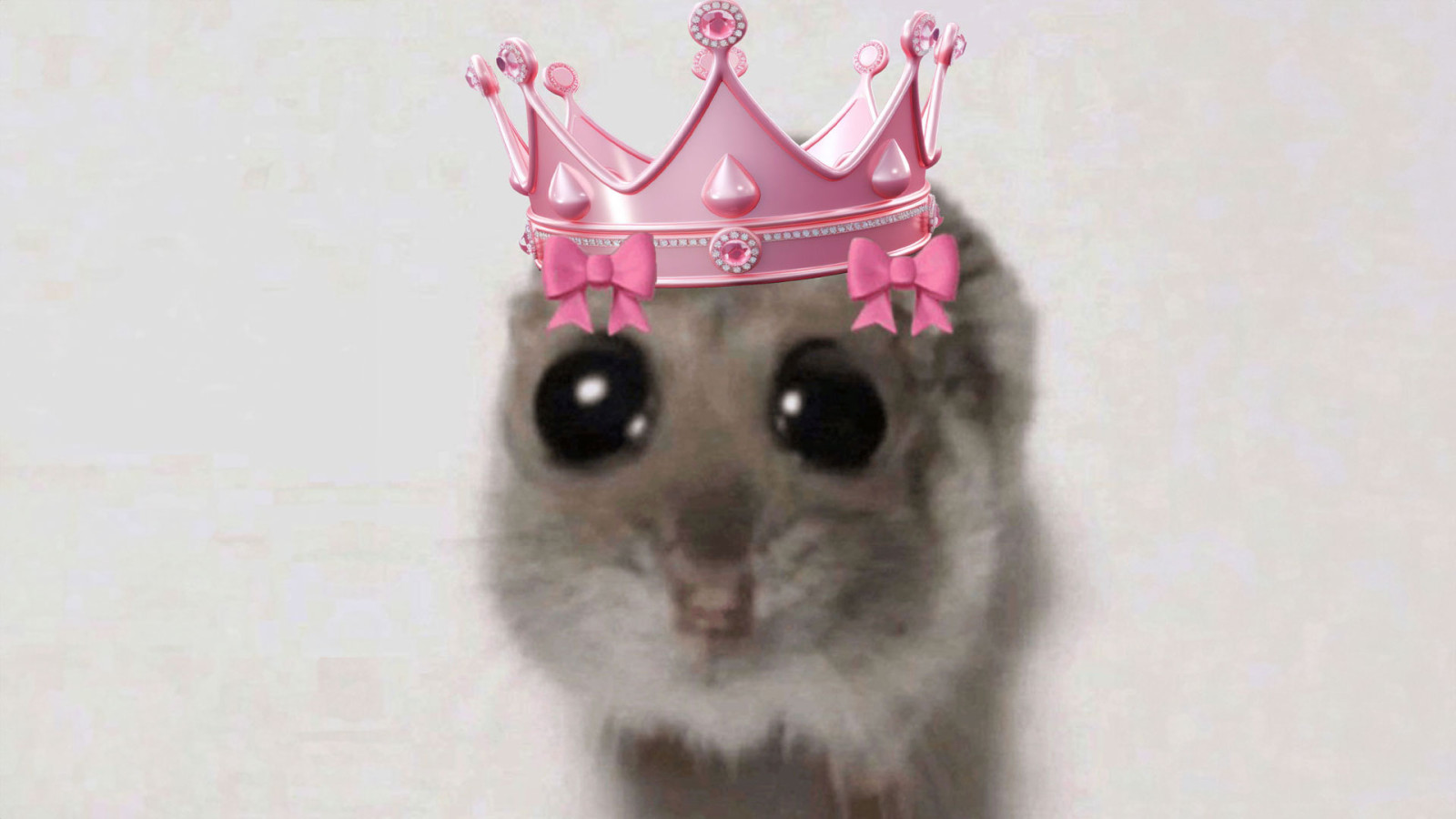
But I’m not going to do this in corporate-speak (which you may have already picked up on). If you want to get to know Gen Z and Gen Alpha, you need to really get to know us – and that includes understanding how we speak, what we think is funny and what we think is worth our time online.
So, as we move forward, you will be dodging a constant stream of sass and sarcasm. And while you may not enjoy it, I will. And that’s all that matters <3
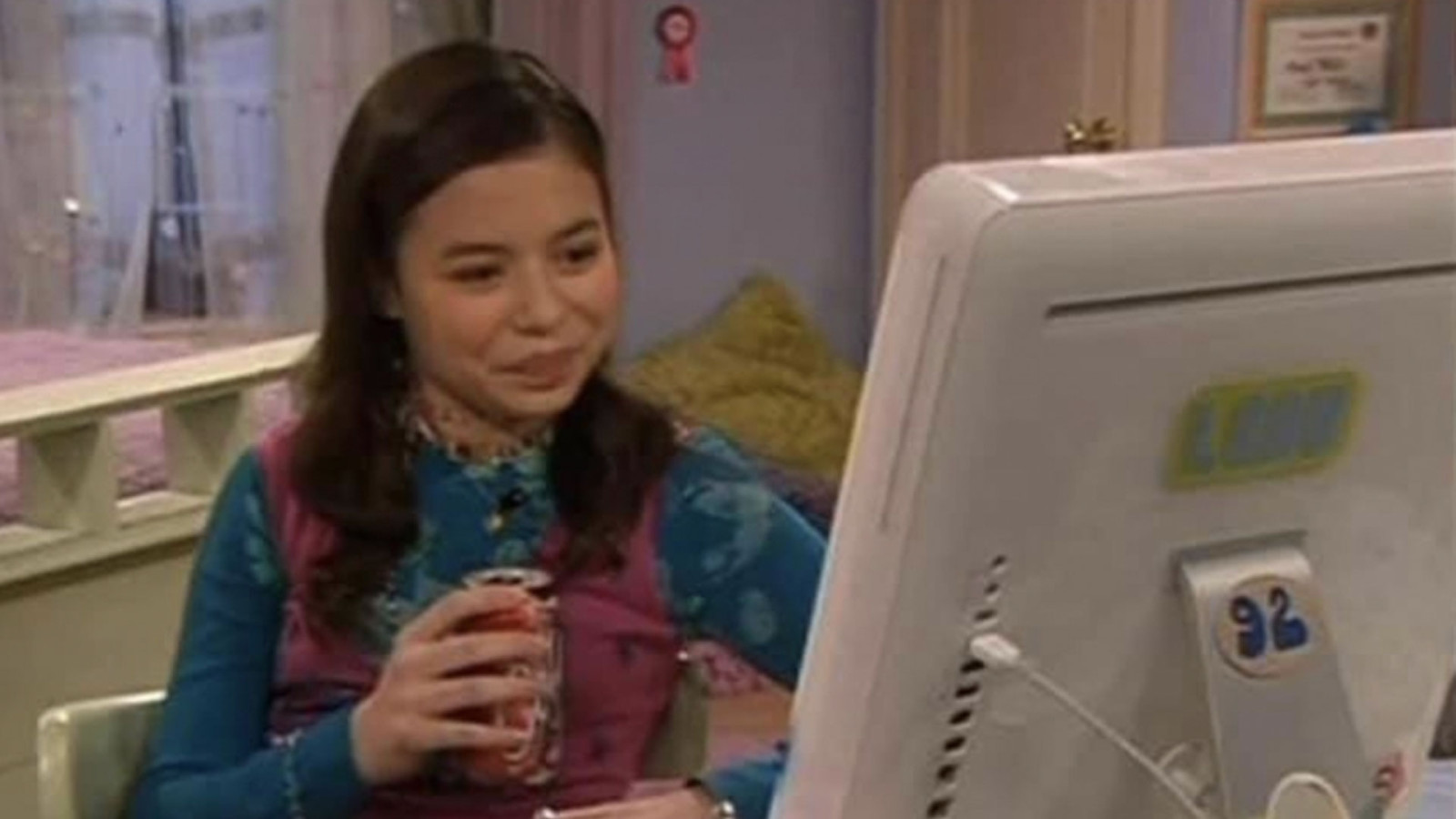
I will, however, do my best to translate any words or phrases I think you might not know (hence the superscripts). But you’re also going to have to start picking up the slack if you want any of this to work. Trial by fire, bestie8.
Let’s start with visual storytelling
As the content marketing extraordinaire I’m sure you are, I assume you’ve figured out that visuals are in. Which makes my chosen medium for explaining this to you slightly ironic. But let’s not dwell on it.
In my previous article, Generation V: the visual generation, I explained that the preference for visual communication is not confined to Gen Z. People of all ages are now drawn to visual content (can I get a round of applause for the Boomers in the back?) such as videos, images, graphics, motion graphics and infographics.
Why? There’s a few reasons, actually.
First, attention spans have diminished considerably. But we’ve known that for a while now, and I doubt any of us are surprised.
Especially given how much content we have access to and are consuming these days. It’s no wonder we’ve grown accustomed to quickly (and mindlessly) scrolling through social media and other online outlets, stopping only for content that catches our eye.
In fact, Brightedge found that Tweets with images receive up to 5 times the engagement of those without. And articles with visuals receive 94 percent more views.
That’s because we’ve grown to prefer visually interesting, easily digestible content that we can consume quickly. We’ve sold our soul to the snackable content gods, and there’s no going back.
Plus, a lot of us are busy. We have things to do and people to see. Think C-suite execs – who are girlbossing9 day in and day out. These audiences want information explained quickly and simply – and there’s no better way to do that than through visual content. Even the more complex ideas can be made into a visually compelling story.
And it turns out, this preference for visual storytelling may not even be our fault. I’ll pass this over to Sam Hollingsworth at Search Engine Journal to explain. Take it away Sammy boy –
“It’s not just because of our short, modern-day attention spans that we tend to prefer video, animation, and imagery over text (because of how much faster and easier we can consume it). It’s also because we can obtain and retain this information faster, better, and for longer. Visuals are easier to digest, as well as easier to remember.”
So, basically, it’s out of our hands. We were made this way – and who are we to go against Mother Nature?
As for long-form written content – I’ll leave you with a few words from internet sensation Sweet Brown, “Ain’t nobody got time for that”10.
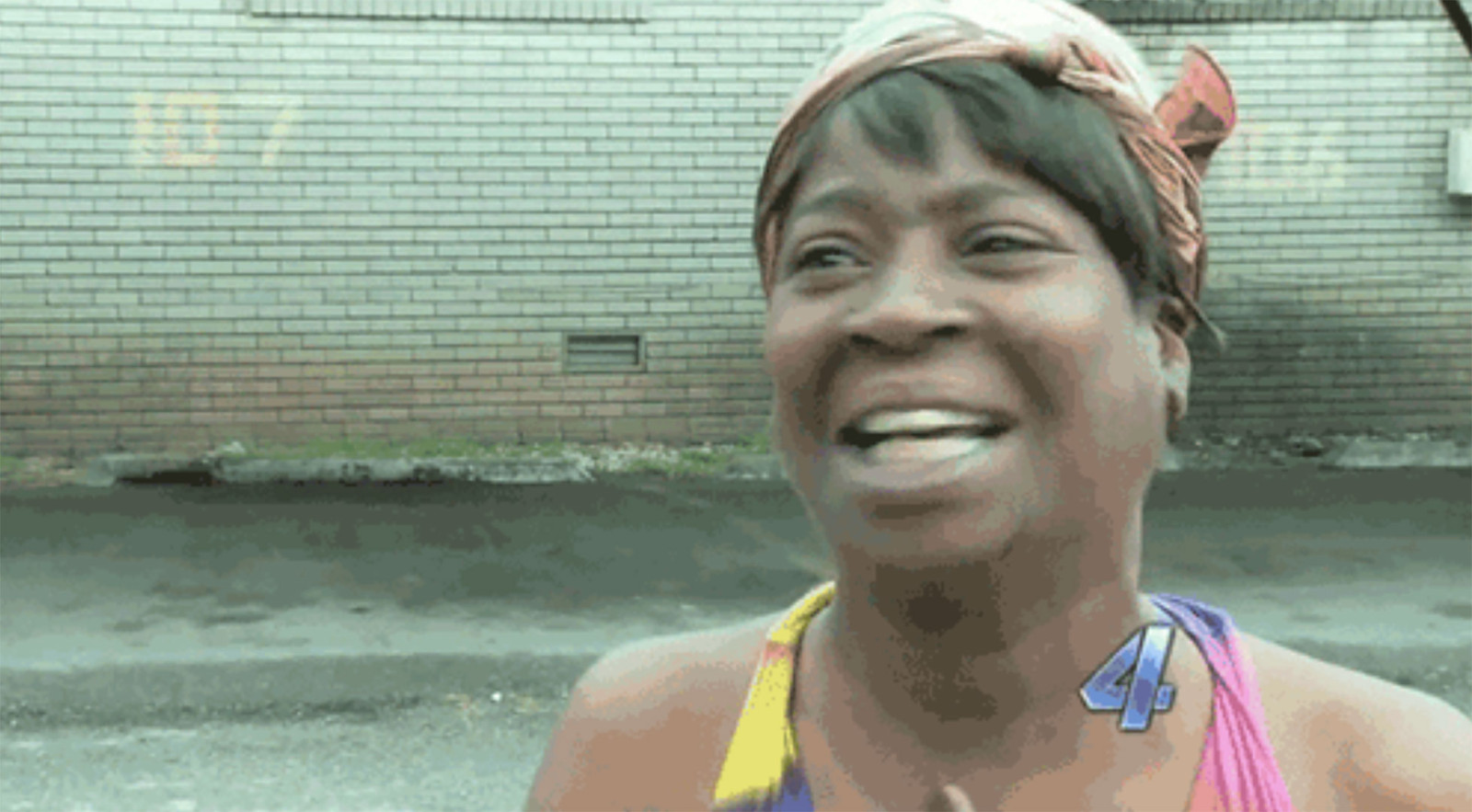
(Sorry - I felt like I owed the Millennials an early YouTube reference to keep them engaged).
Will the real digital natives, please stand up11
Let’s get into it. Gen Z.
Gen Zers were born from 1995 to 2010. We’re true digital natives – and have been teaching our parents and grandparents how to use their technology for as long as we can remember. We’ve basically been working as unpaid IT interns for the past 15 years. I wonder if we can sue.
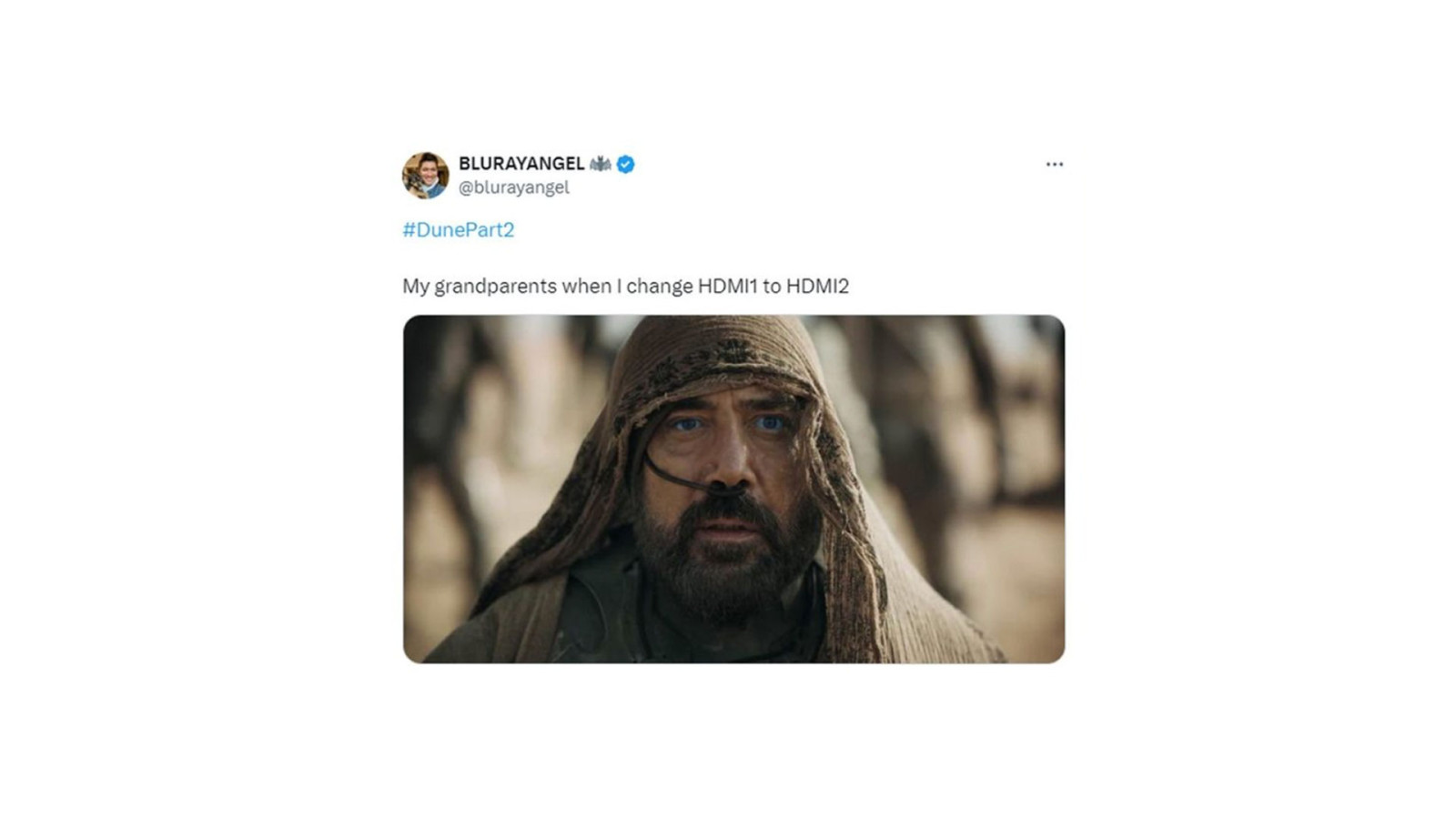
Anyways –
Because we’ve been rotting our brains on the Internet our entire lives, we’re used to going from one piece of content to the next quickly, picking and choosing which information to retain within seconds.
Eight to twelve seconds to be exact. That’s the average amount of time you have to catch our attention – which is probably going to be tough considering we can easily work with up to five screens simultaneously.
Tough – but not impossible.
If you’re trying to catch us, there are specific places to look. We’re very visually driven and spend a lot of our time on YouTube, TikTok, Instagram and Snapchat. So, if we’re your intended target audience, I’d suggest looking for us in any of those places.
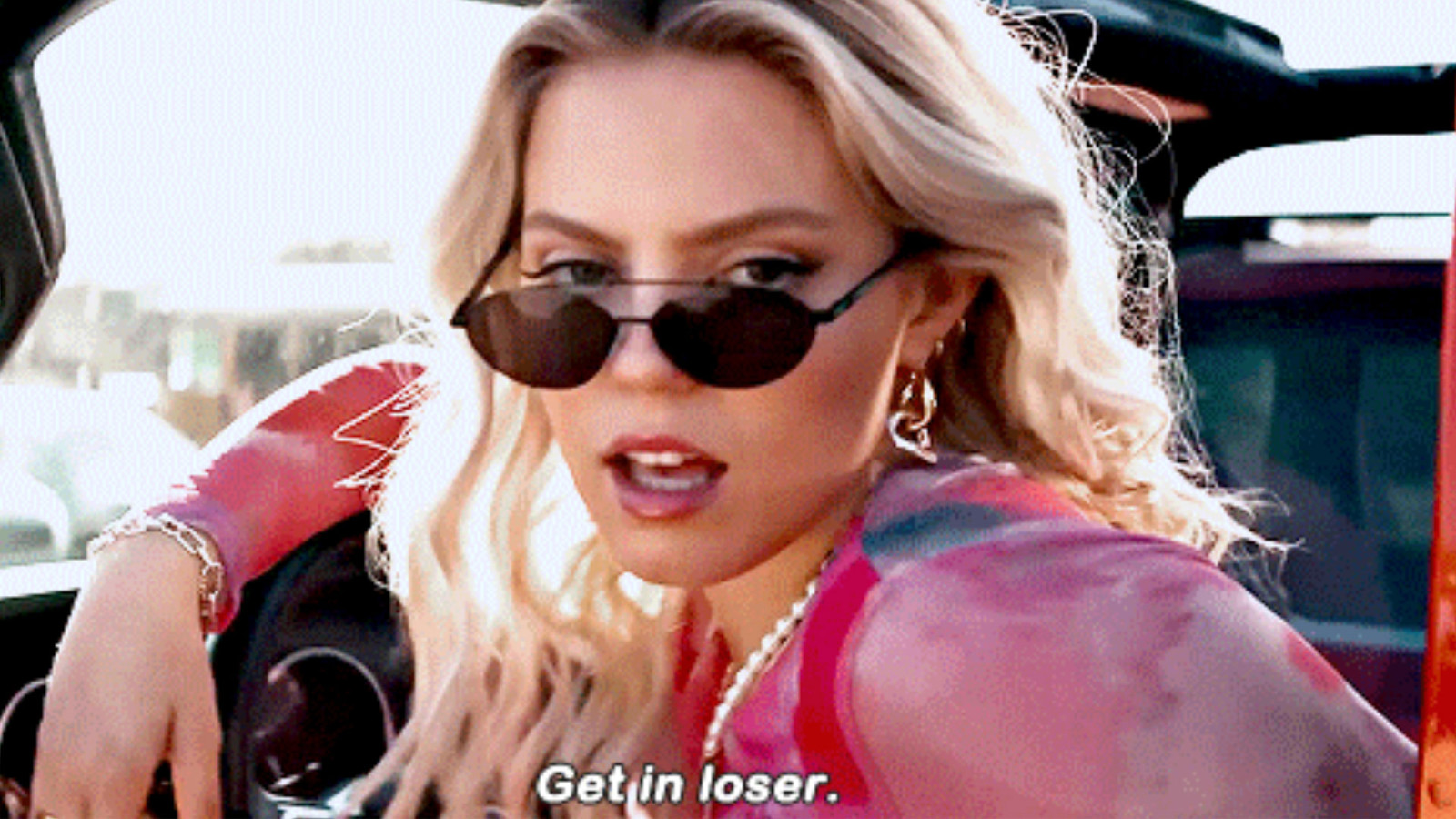
Now for Gen Alpha.
Gen Alpha is the first generation born entirely in the 21st century.
We in the Gen Z community usually call them iPad kids12. And I’m sure you can infer why. I think we’ve all seen them tapping away at their tablets in restaurants and other public places in the past few years.
But I’ll give it to them, their technology use starts almost impressively early. And they’re probably more proficient than a lot of adults before they’ve even hit their tween years.
According to Razorfish,
- 43% of Gen Alphas have a tablet before age 6
- They start using more complex technologies, like video games and smart TVs, by age 7
- Laptops are usually introduced by age 9
- And smartphones are introduced by age 10.
It’s giving13 boss baby.
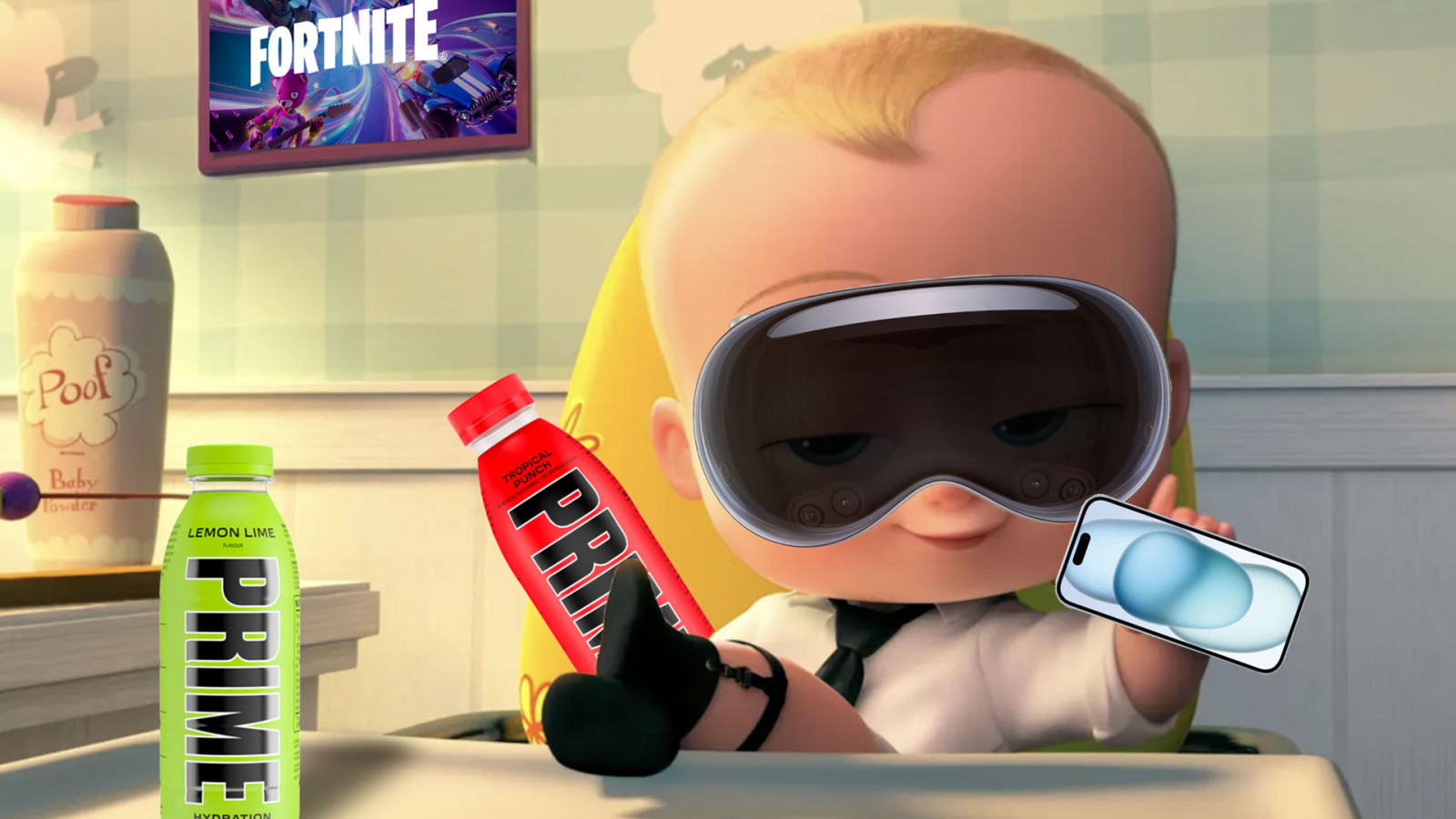
But it’s not entirely their fault. The Covid-19 pandemic had a huge role in accelerating their technology adoption – and despite their early uptake, they’re actually pretty good at unplugging. Which is why they’re often described as tech-empowered, rather than tech-dependent.
When they are online though, they tend to spend most of their time on YouTube, TikTok and other visual- or video-centric platforms. They also spend a lot of time playing games like Minecraft and Fortnite.
Gen Alpha is expected to reach 2.2 billion globally by 2024, and by 2025, will outnumber the baby boomers. According to Insider Intelligence, many believe Gen Alpha will be the largest generation yet (big whoop).

What does that mean for the future of content?
Despite my intended sarcasm, the projected number of Gen Alphas is actually quite a big whoop. And goes to show how desperately brands need to get in with the two youngest generations.
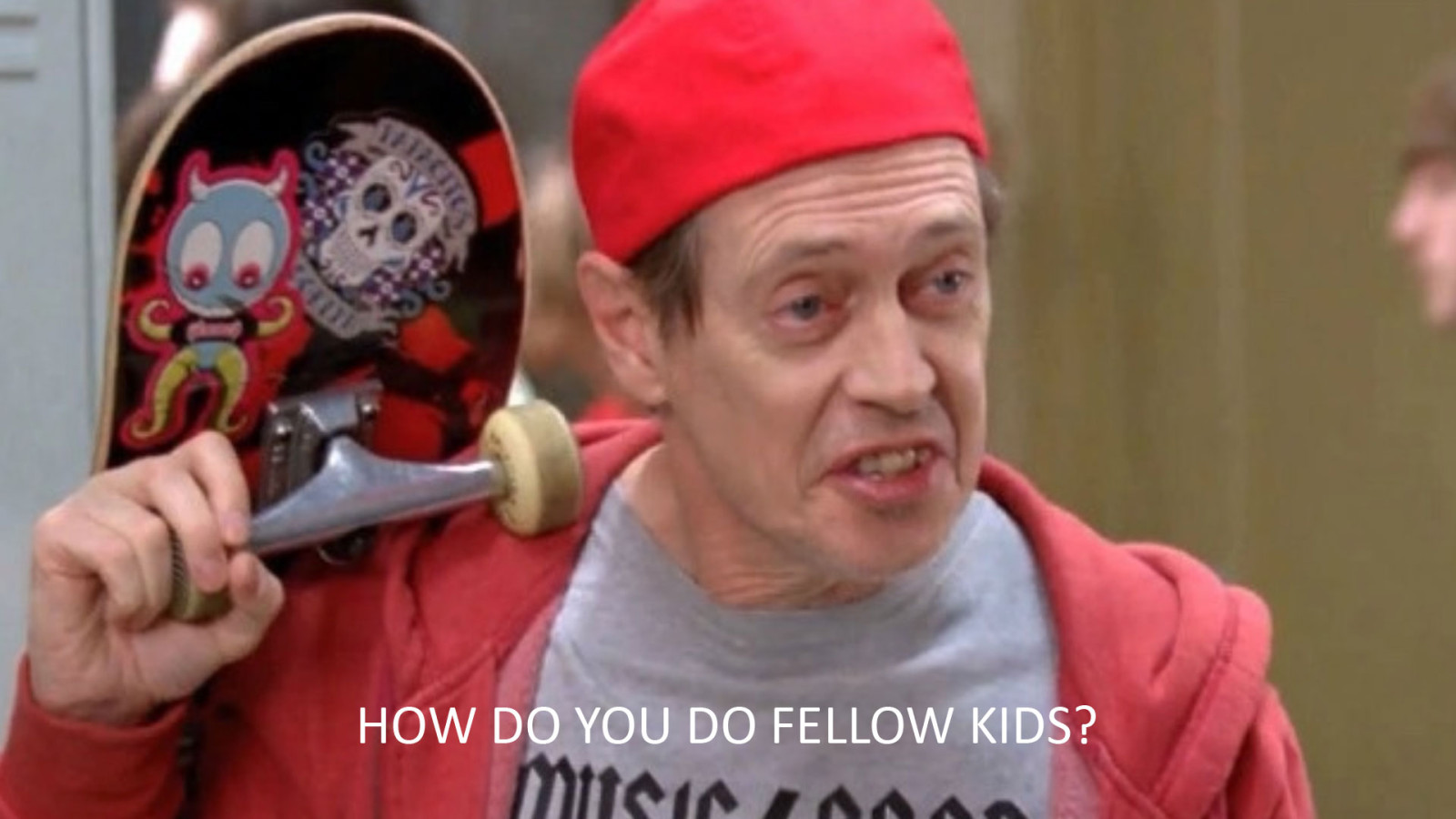
So, I guess it’s time for the grand finale. What are the younger generations drawn to online?
I’ve mentioned visuals and video – but it’s getting to be much more specific (and much weirder) than that.
Remember how I said attention spans have diminished? And that Gen Z and Gen Alpha are pro-multitaskers? Well, we’ve taken both of those attributes to the next level.
Enter sludge content
Sludge content is often found on TikTok (and if it’s on TikTok, it’s probably on knock-off TikTok too – sorry, *Instagram Reels). These videos usually feature two to three clips playing at the same time – all of which sit within one video.
CBC News explains it well, “Sometimes they're recordings of mobile video games like Knife Jump or Subway Surfers. Other times they are ASMR "satisfying videos": short for "autonomous sensory meridian response" (these videos show creators squishing and cutting into various substances — like coloured bars of soap — to elicit that response). Sometimes the segments are combined with a third or even fourth video to create a jumbled mess of meaningless visual stimulation.”
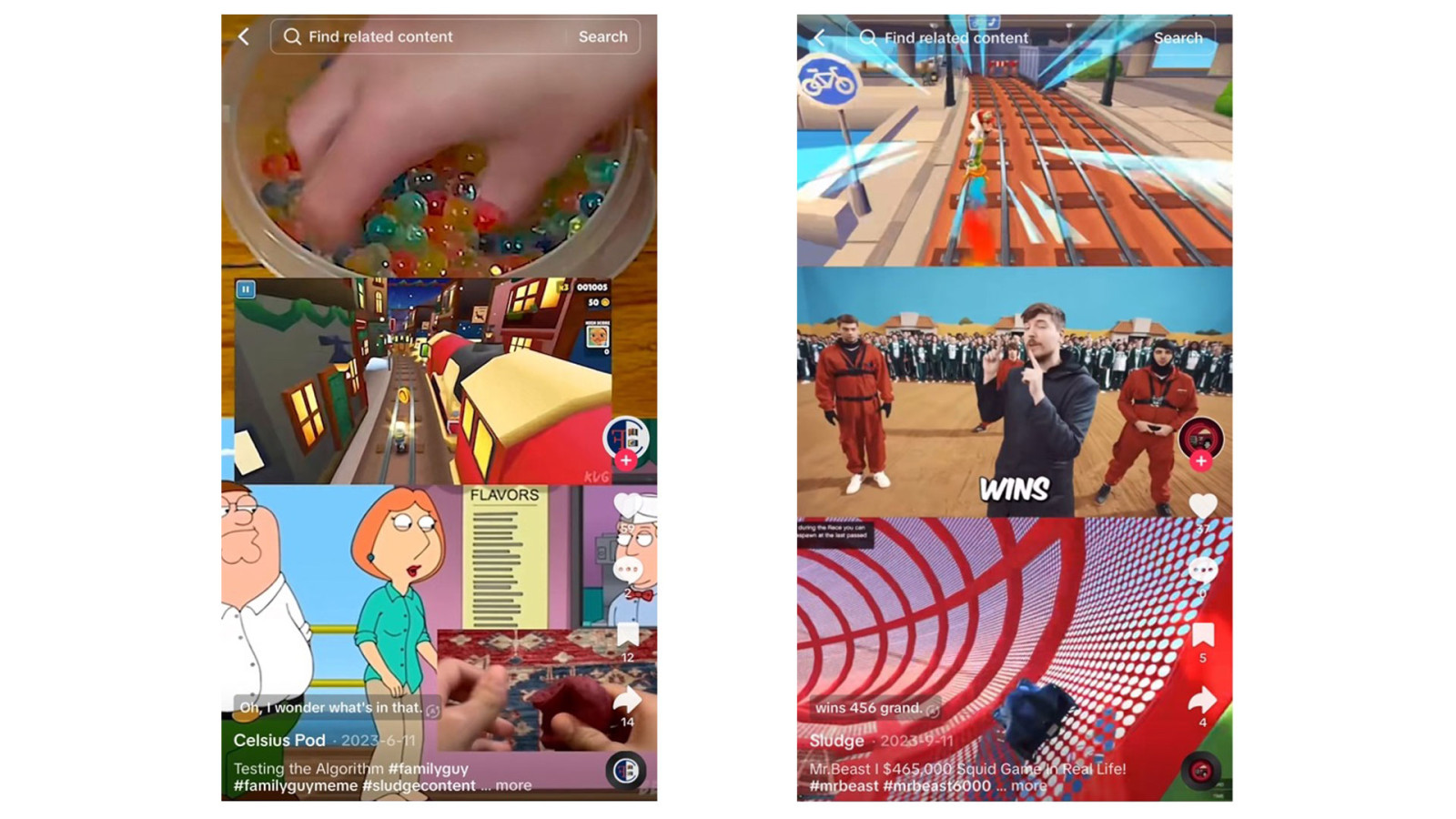
The idea is to distract people into paying attention. And boy does it work.
Why? It's hard for us to pay attention when the visual information doesn't change. It's boring.
A lot of the podcasting TikTokers have figured this out. Instead of making me stare at them while they stare at each other, I can now watch someone cut soap. Or pour metal. Or play a game. And weirdly enough, it keeps me on that video longer.
"What TikTok is doing with these videos is allowing people to have distractions on the same screen ... [and therefore] have people stay on the same screen for an extended period of time”, says Saif Shahin, an assistant professor of digital culture at Tilburg University in the Netherlands.
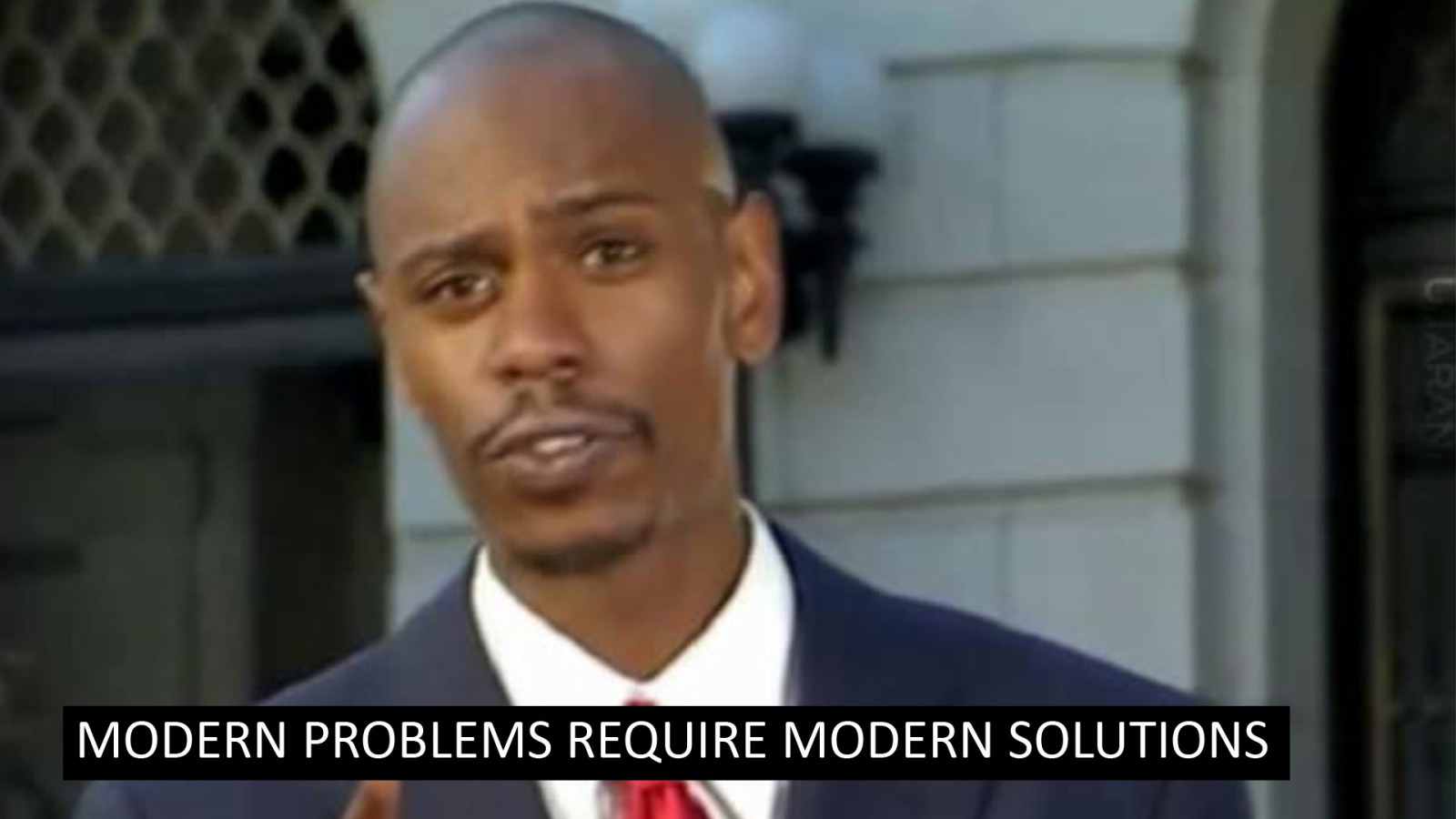
It’s so effective that teachers having started using this tactic – putting low-substance, high-interest videos on their smart boards behind them while they’re speaking. Some musicians, like Matty Healy of the 1975, have even caught on. Watch the video below here.
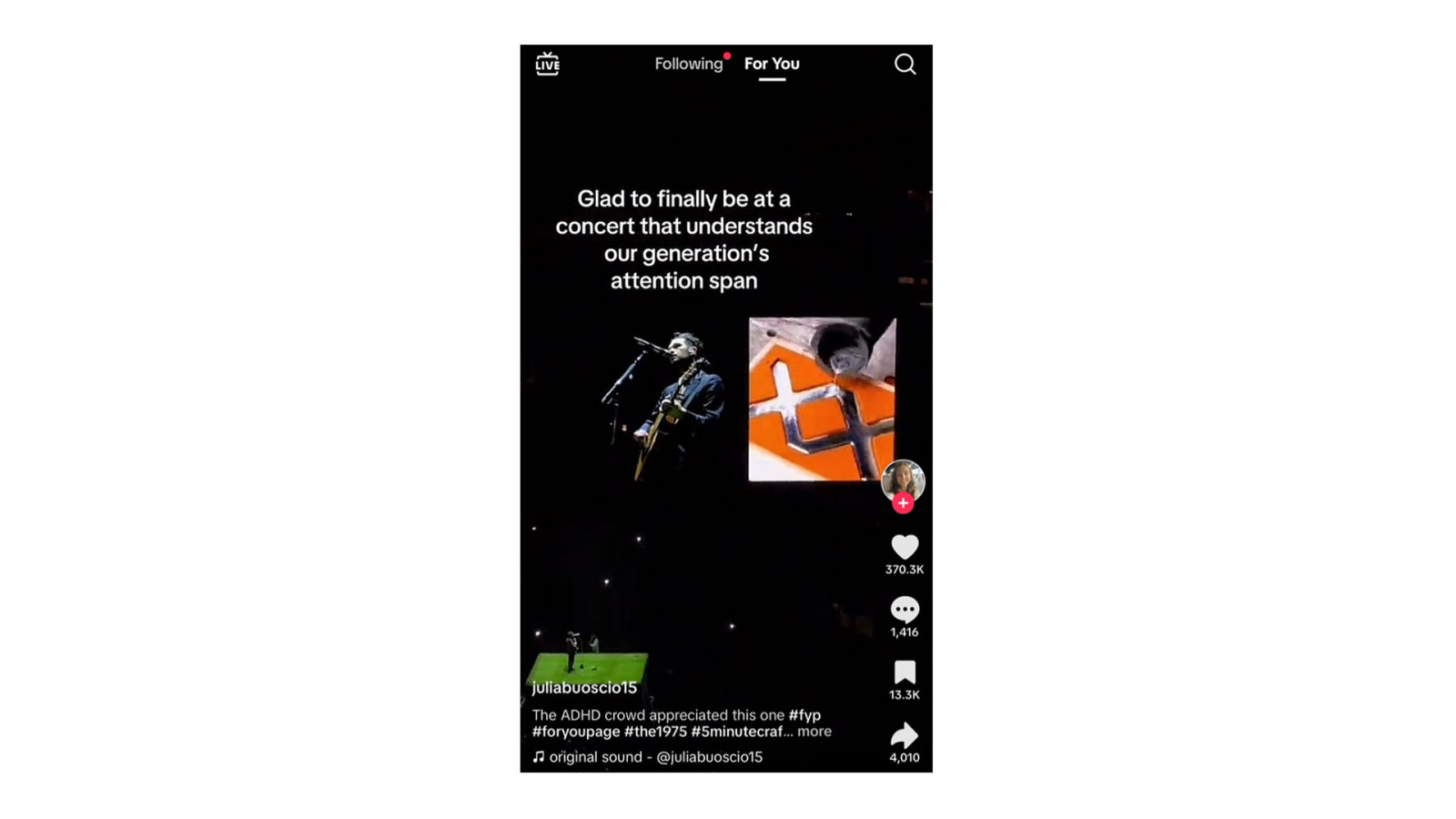
This isn’t just happening on TikTok
A similar phenomenon has hit mainstream media – and from an unlikely source: the American National Football League (NFL)
The NFL has teamed up with Nickelodeon to make football more appealing to kids by overlaying animated elements on top of the game, like slime cannons, monsters, SpongeBob and Patrick in the field goals, fire coming off of players’ cleats and more.
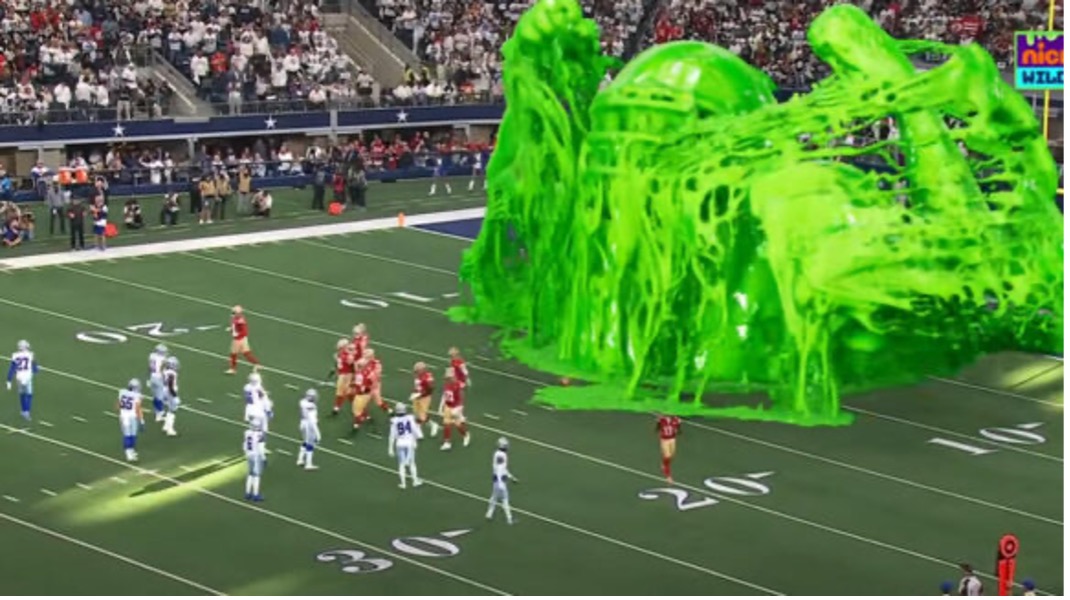
Why? It gives us that extra eye stimulation to keep us engaged during a game that can sometimes last up to four hours.
And while this is (technically) for children, many adults have switched over to the Nickelodeon broadcast. During Super Bowl LVIII, the Nickelodeon simulcast averaged about 1.2 million viewers.
Attention spans are in the eye of the beholder
Even though I’ve been yapping14 about short-form, snackable content for a while now, younger generations do engage with longer-form content.
I can easily sit down (or more accurately, assume the rotting15 position) and watch an hour-long video essay or a two-hour movie.
The catch? A lot of the time I’m doing both of those things on TikTok.
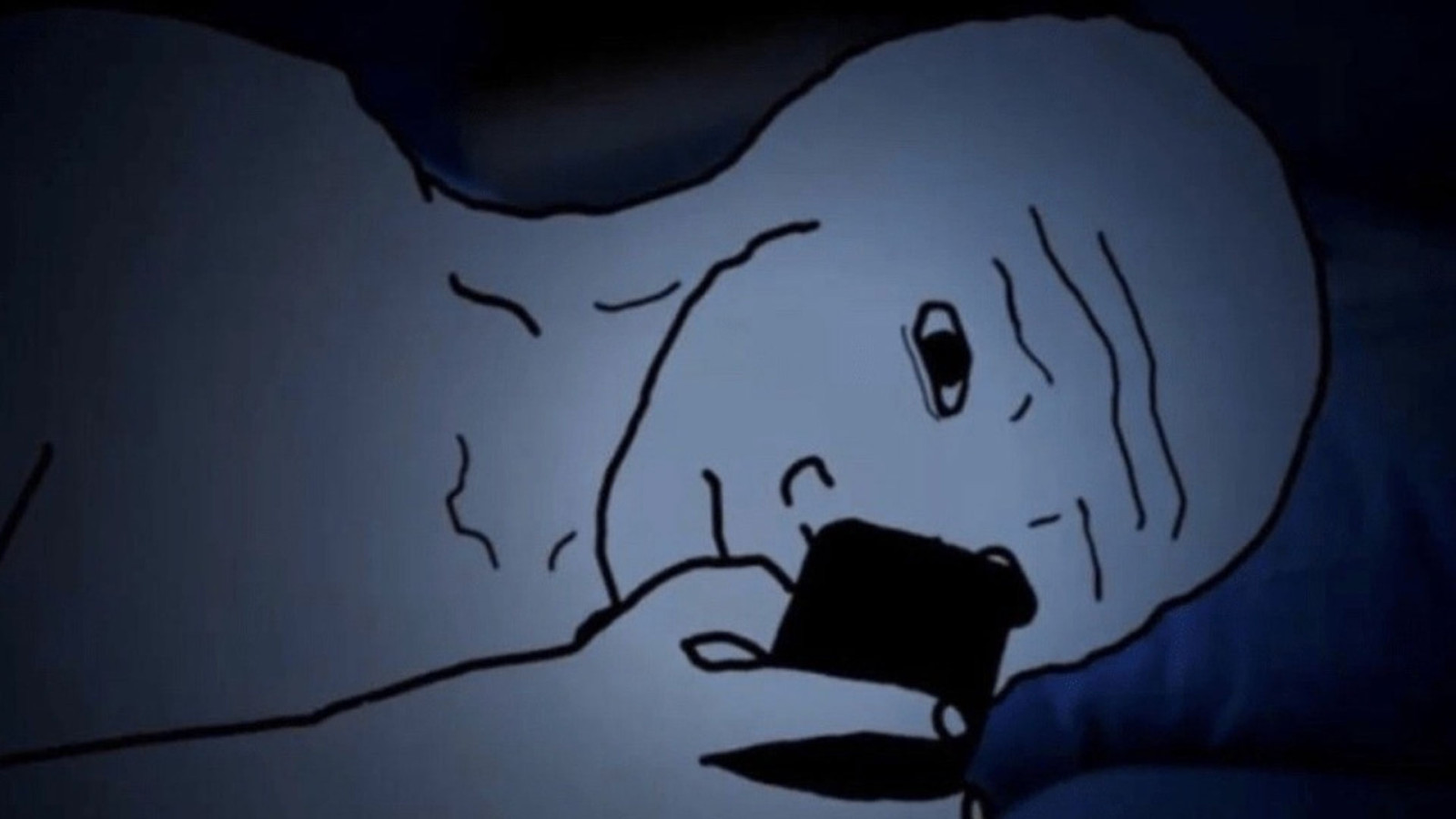
On TikTok, there are accounts that will cut up full episodes of shows like Ugly Betty, Grey's Anatomy and South Park into three-minute parts. And it seems that many users (myself included, unfortunately) are more than happy to click through a 40-part TikTok thread rather than simply going to Netflix and watching the episode in full there.
I get tricked into it a lot of the time. I see one clip and want more context – next thing I know I’m on part 23 of 42 trying to figure out what happened to a random character on an episode of Law & Order SVU.
But it goes to show, Gen Z does have the capacity for long-form content, you just might need to switch up how it’s presented – and most importantly, become a master of the cliff-hanger.
While a lot of these clips get taken down for copyright infringements, some big names have embraced the platform as they understand it’s where younger generations live online.
Paramount, for example, uploaded all 107 minutes of Mean Girls to TikTok in 23 parts on Mean Girls Day. And Peacock put up the pilot of their series, Killing It, ahead of the season premiere to drive younger audiences to watch the show upon its release. According to Peacock, over seven million users viewed those videos, introducing the show to “a whole new audience who likely wouldn’t have discovered it otherwise.”
Slay16 or be slayed
I’m no prophet, but I think I’d be comfortable predicting that every generation from here on out (barring some sort of Dune-like apocalypse that makes us reject technology altogether) will prefer visual communication.
That means you need to start paying attention to what we (and future digital native generations) are looking for online – and start experimenting with alternative formats and narrative styles. After all, we’re already starting to shape how everyone else consumes content. So, get on board, or get got17. It's your choice, babes18 💋
Glossary
1. King/Queen: a term of endearment and respect that is used to uplift and empower the king and/or queen in question.
2. Birth chart: a tool used in astrology to map the positions of celestial bodies at the exact time and place of a person's birth. It serves as a snapshot of the sky at the moment you were born and is believed to have a significant influence on your personality, strengths, weaknesses and life events. Many of us use astrology to feed our delusions.
3. Hot goss: a term used to refer to gossip or rumours that are particularly juicy, scandalous or intriguing.
4. Spill the tea: a phrase that means to share gossip, information or secrets. When someone says "spill the tea," they're essentially asking for someone to share the latest news.
5. As (you/he/she/they/we) should: a phrase used to validate (often questionable) behaviour: “You spent your entire pay cheque on a dress you’ll only wear once? You have no money left over for rent? Slay mama, as you should! Treat yourself.”
6. (You/he/she/they/we) should be so lucky: a phrase typically used to back our egos. It usually expresses scepticism or disbelief: “My date stood me up.” “Are you kidding? Who does he think he is? He should be so lucky.”
7. Princess treatment: when someone in a relationship is given extra care and attention or treated like a “princess”.
8. Bestie: a term of endearment. Can be used to refer to friends, acquaintances or absolute strangers. For many members of Gen Z, anyone and everyone is a bestie.
9. Girlboss: describes someone who is tuned into “hustle culture”, working long hours in pursuit of reaching their professional goals. Is often used ironically, as Gen Z tends to align more with the “work to live” concept, rather than the “live to work” mindset.
10. “Ain’t nobody got time for that”: a phrase that went viral after Kimberly "Sweet Brown" Wilkins, an Oklahoma resident whose apartment building was set on fire, was interviewed by her local news station after evacuating the building. She explained, “The smoke got me. I got bronchitis! Ain’t nobody got time for that!”
11. Will the real digital natives, please stand up: a reference to the iconic opening lines of Eminem’s 2000 hit, “The Real Slim Shady”: “May I have your attention, please? May I have your attention, please? Will the real Slim Shady please stand up? I repeat. Will the real Slim Shady please stand up? We’re going to have a problem here.”
12. iPad kids: children who were raised on technology, are on their iPads or tablets constantly and never seem to go outside.
13. It’s giving: a short phrase you use when something is hitting different: “My hair is GIVING today”. Can be paired with an adjective to be more specific: “Your outfit is giving 70s grunge vibes”.
14. Yapping: another word for talking. If someone is a yapper, it means they talk a lot.
15. Rotting: a state of being in which a person goes into antisocial hibernation. Is typically used to describe staying in bed all day scrolling TikTok or other social media platforms.
16. Slay: perhaps the most versatile of terms. Can be used to describe something cool, “That outfit is so slay”, to give validation, “You look so slay right now”, or to acknowledge success, “You’ve been slaying the house down at work recently”.
17. Get got: to get taken down, swindled, defeated.
18. Babes: a term of endearment. Likely popularised from British reality television show, Love Island.
Stay ahead of the curve
Sign up to our emails

